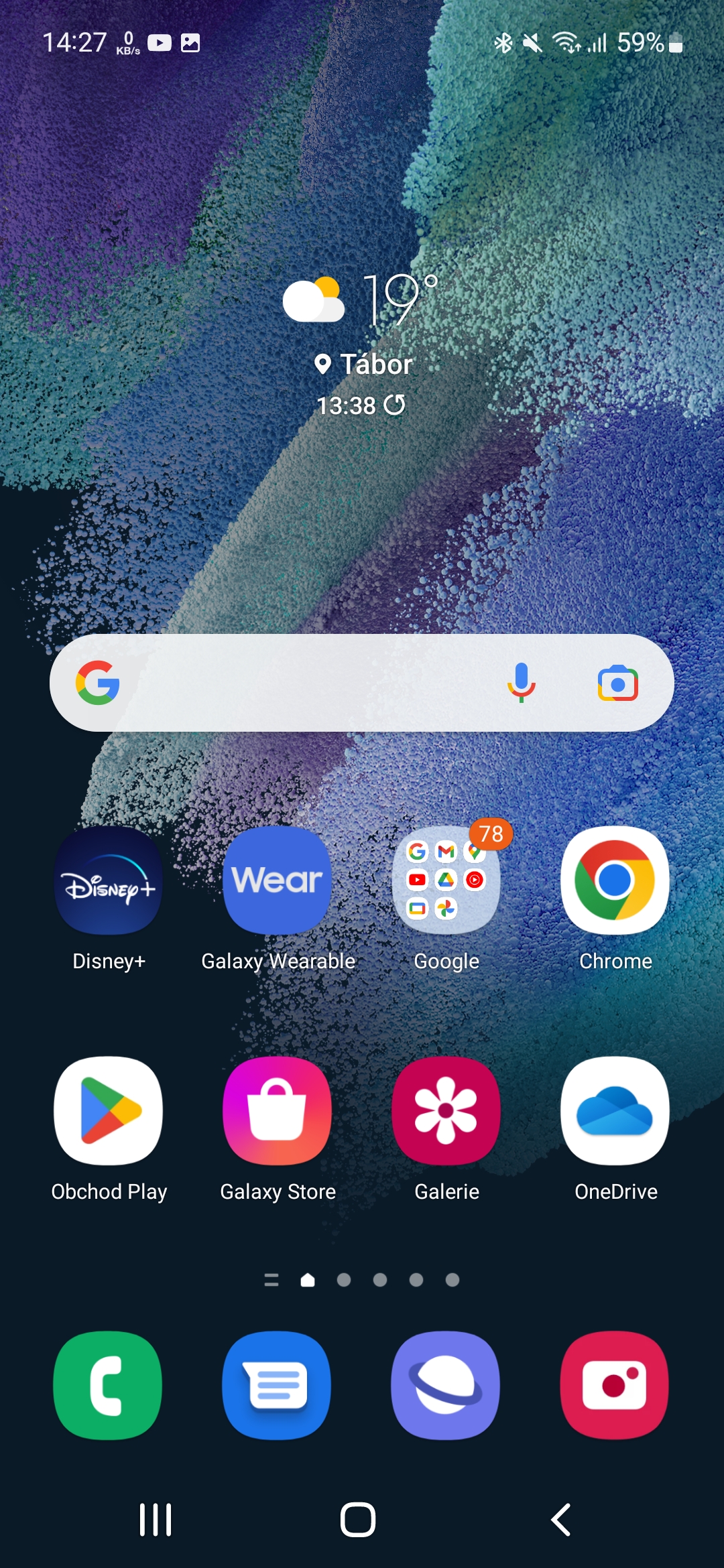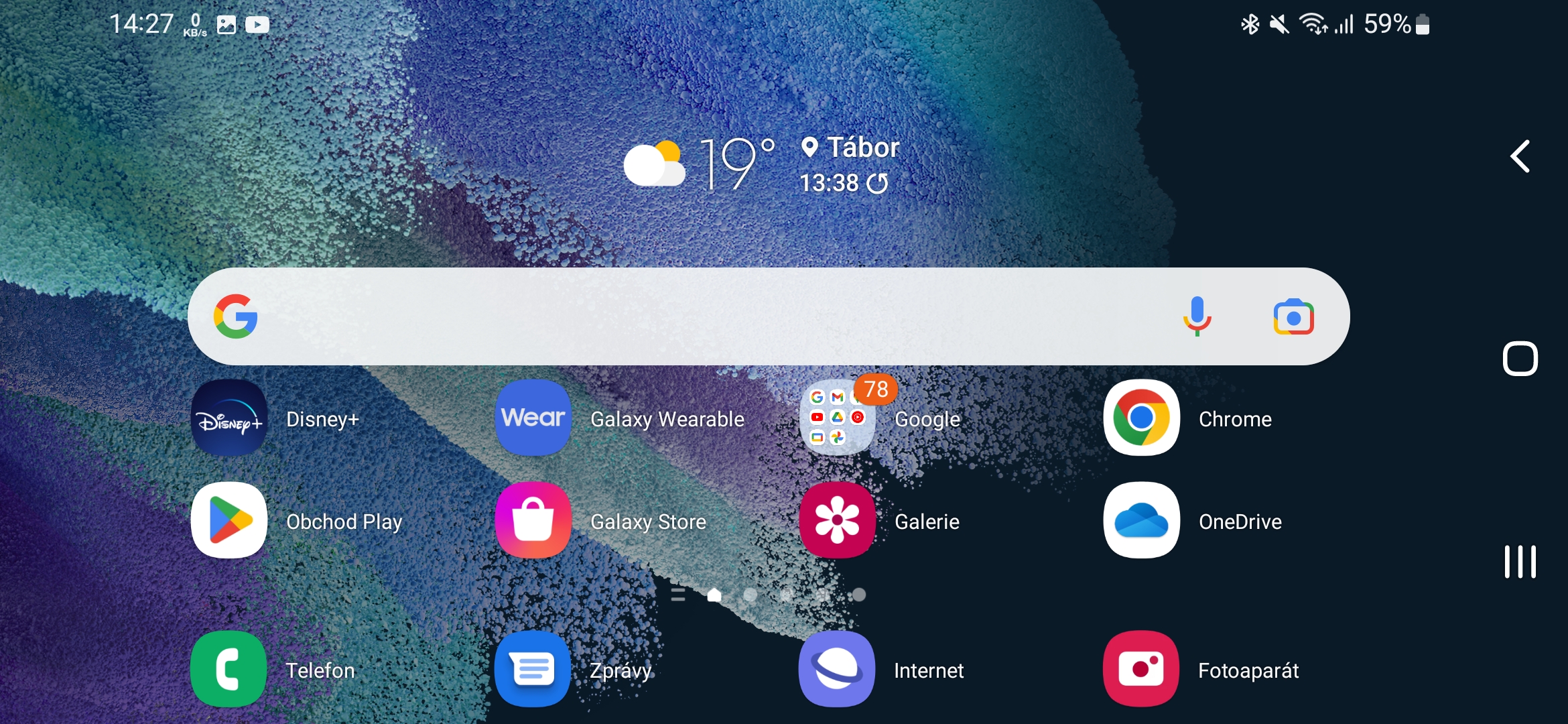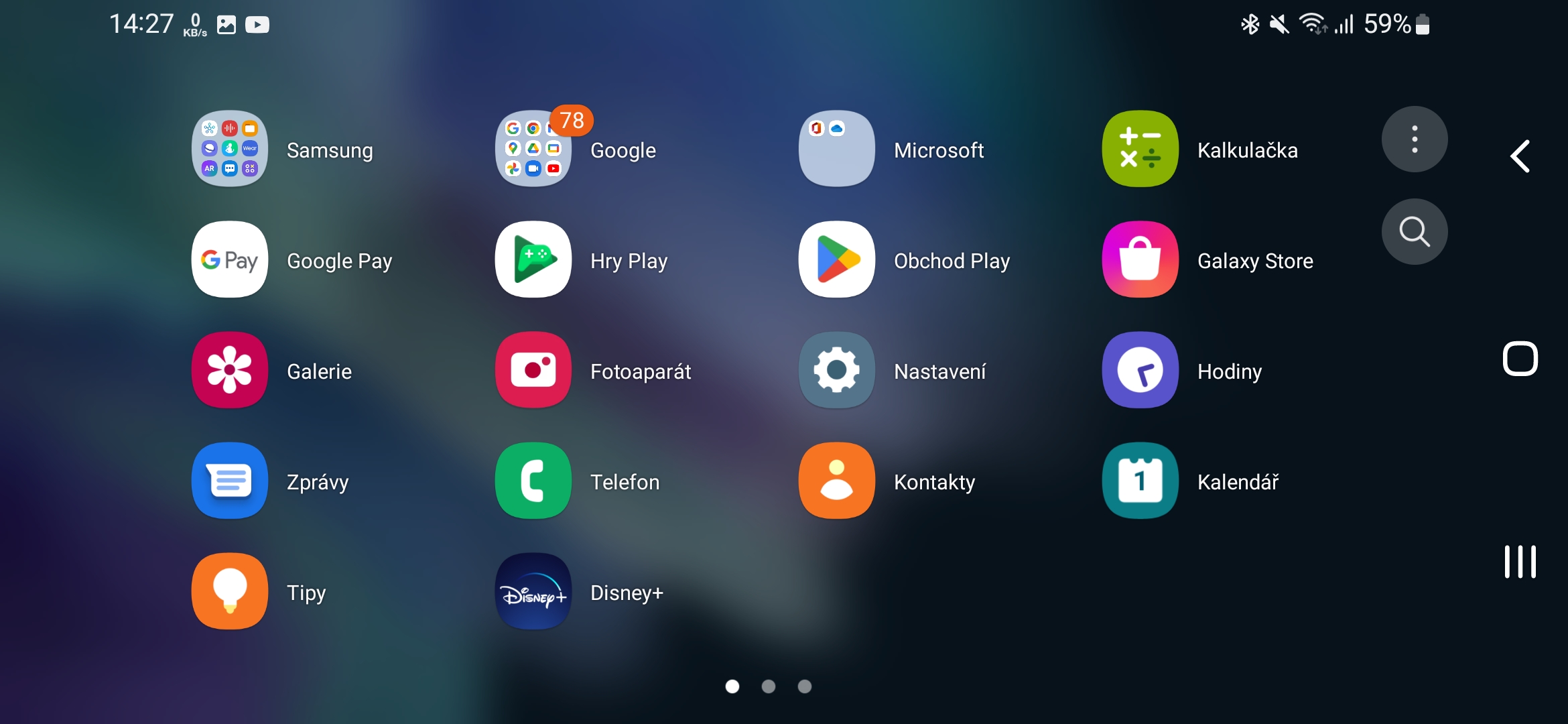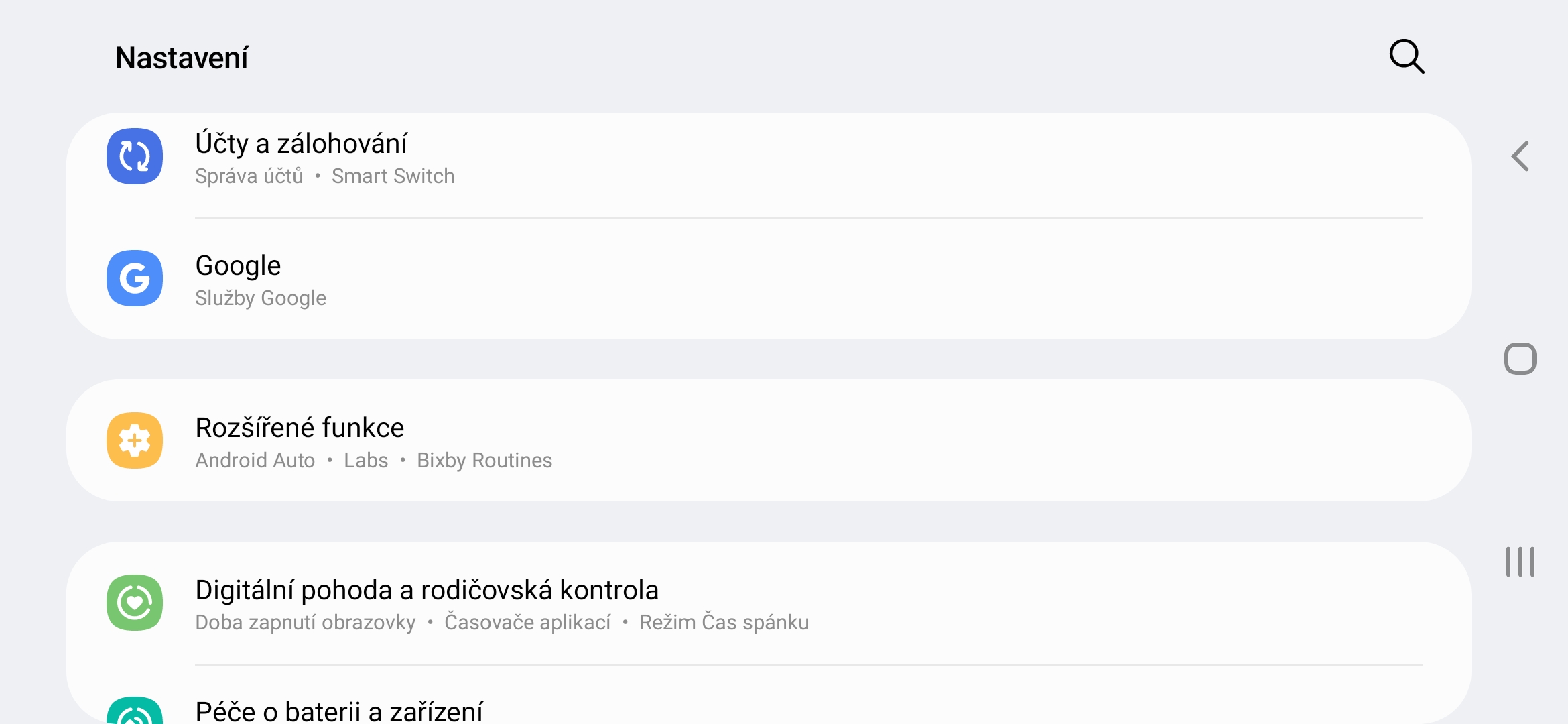It should be said at the outset that this article does not offer an answer to the question in the title, because we simply do not know it. Rather, we want to dwell on why Apple introduced this function at a time when it did not make much sense, and on the contrary, does not offer it at a time when it would have made sense.
When Apple introduced its Plus models of iPhones, it differentiated its iOS from models without that moniker by providing the ability to display the device's desktop in landscape mode. Apple was based on the fact that a larger display offers a larger view, and therefore, for example, tuned out the keyboard, which directly offered functions for copying and pasting. Later, however, he completely blocked this function and display. It actually only works on iPads.
It doesn't matter if you think you'd use your iPhone, especially the Max models, in landscape mode or not. The thing is, a lot of landscape apps work, and that's how many users use them - not so much the desktop interface. But if you are in landscape mode, close the application to launch another one from the desktop, the desktop is completely illogically in portrait view. So you have to rotate the phone, start the application and rotate the phone again. It's just stupid.
It could be interest you
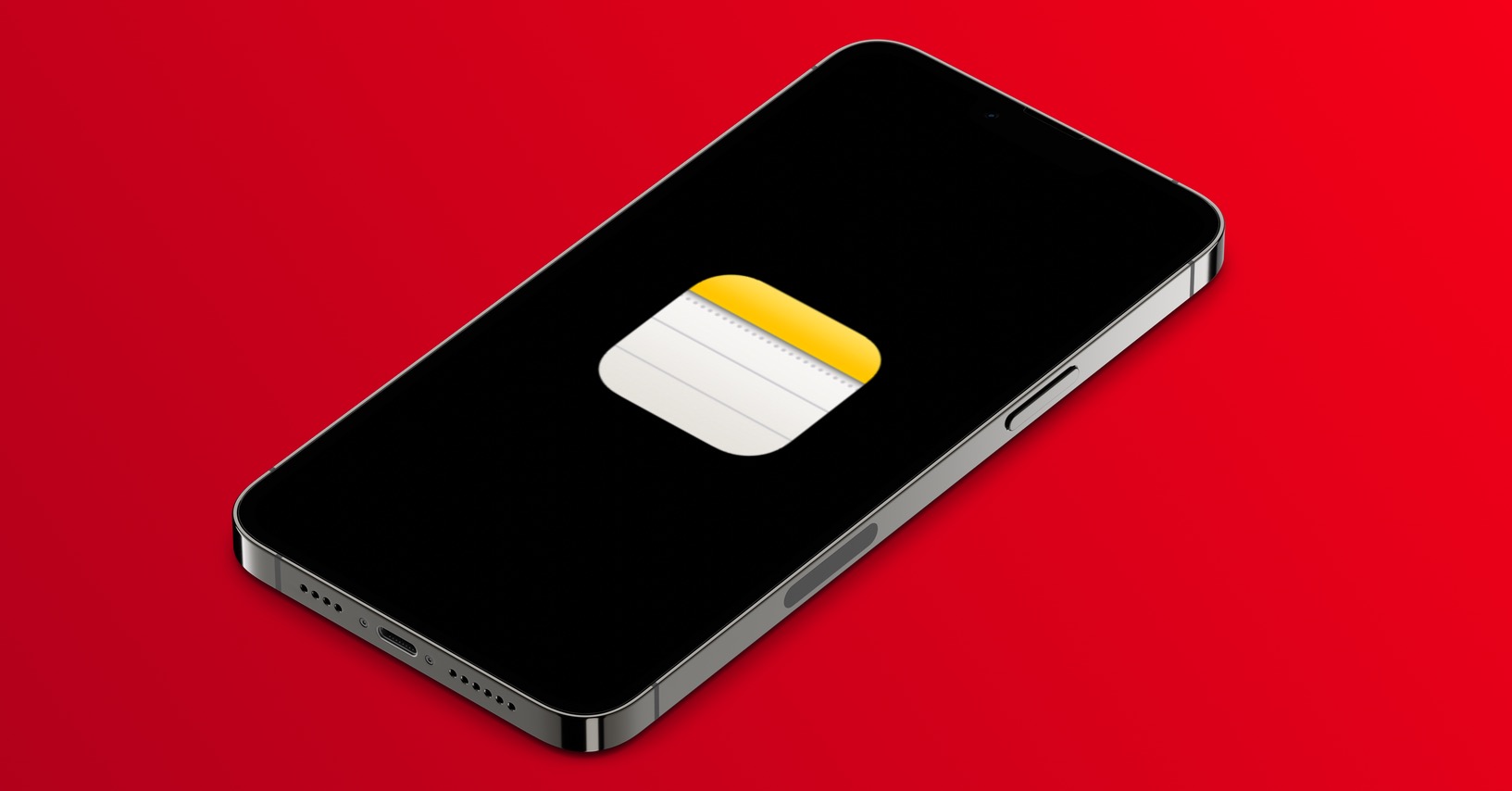
Orientation lock
Then there is the orientation lock function. When turned off, the device rotates the display according to how you hold it. If you activate the lock, it will lock in the vertical interface. But what if you want to lock the horizontal view? Of course, you're out of luck because iOS can't do anything like that. This is precisely because if you were to go to the desktop, it does not support the interface in width and the function would actually work illogically.
If we take a look at competitor Samsung and Android 12 with its One UI 4.1 superstructure, the phones of this South Korean manufacturer do not have a single problem with it. They offer the option of displaying content in landscape, not only in applications, but also on the desktop, application selection, settings, etc. Of course, it also offers a screen lock. The latter is turned on by default, which means that the interface is rotated according to how you hold the device.
It could be interest you
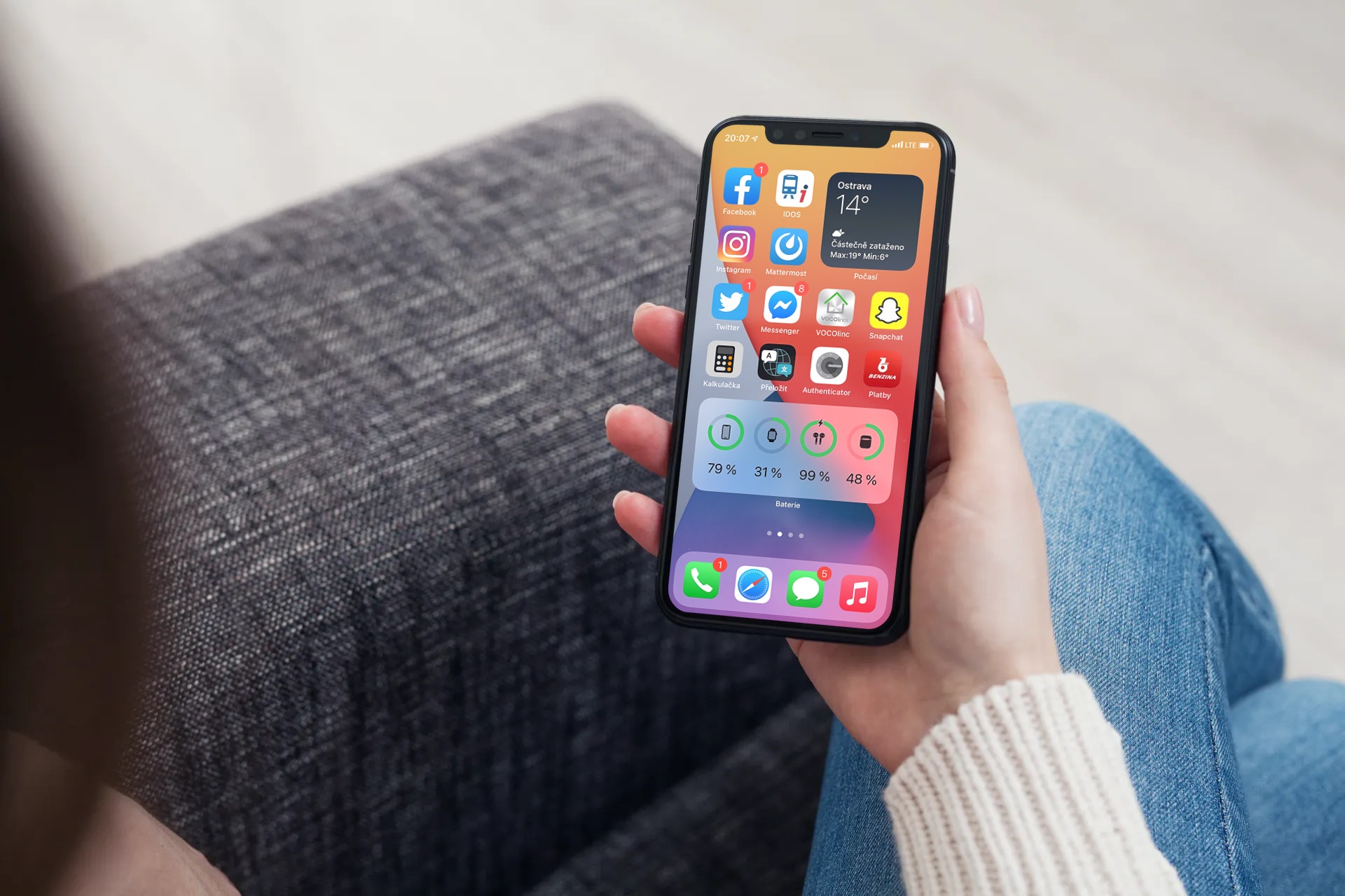
Of course, you can turn it off to turn off this behavior as well. But in the view in which you do so, it will also remain there. So you can lock the view in both portrait and landscape. After that, no matter what you do with the phone, the display will not scroll in any way. There is also a finger hold feature on the display which also keeps the display as it is currently displayed without turning the feature on or off from the quick settings panel and you can rotate the phone as you like without changing anything.
It's surprising that such a simple function, which Apple already offered before, is now not available in its iOS. But we'll see if the company doesn't surprise us in the end in iOS 16. If it really presents the iPhone 14 Max, which could attract the masses, it's possible that Apple thought of this as well. If not, I'll keep hoping for iOS 17, 18, 19…
